Galaxy S23 Ultra vs OnePlus 11 - can affordable beat Ultra?
Can a bargain David take down Samsung's Goliath?

The Samsung Galaxy S23 Ultra is a phone that can do it all, from space zoom photography to real stylus support. If you need more, this phone has it.
Pros
- Large, 200MP camera sensor
- 10X telephoto zoom lens
- Built-in S Pen stylus
Cons
- Much higher price
- Not much faster
- No fast charging, larger battery
The OnePlus 11 gives you flagship performance for a fraction of the price. If you take more portraits and food photos than zoom shots, you won't miss the extra cameras. Just don't get it wet.
Pros
- Unique portrait photos
- Amazingly low price
- Super-fast charging
Cons
- Not IP68 water resistant
- Cameras aren't versatile
- Screen is less bright
The Samsung Galaxy S23 Ultra and the OnePlus 11, the first two Qualcomm Snapdragon 8 Gen 2 phones on the market, represent opposite ends of the Android flagship spectrum.
The Ultra is feature packed and costs $1,199.99 / £1,249 / AU$1,949. The OnePlus is equally powerful, but cuts some corners for a bargain price of $699 / £729 / AU$1,199.
That's a huge difference, so of course the Ultra must be the superior phone, right? Actually, there are a few areas in which the OnePlus 11 is superior to Samsung's phone. There are also a few bragging rights Samsung is claiming that aren't as impressive as they seem.
On the other hand, the OnePlus has some significant faults, and I wouldn't recommend it to anyone who doesn't know what to expect. It isn't as durable as the Samsung phone, and the cameras lack some key features.
Let's take a deeper dive into every aspect of these phones that matters to see which is the best choice.
Samsung Galaxy S23 Ultra vs OnePlus 11: price and availability
The Samsung Galaxy S23 Ultra is set to go on sale on Friday, February 17. That’s the day after the OnePlus 11, so these phones are born so close they are practically fraternal twins.
The Galaxy S23 Ultra managed to stay the same price as last year's... oh, wait, that's just in the US market. Here in the US we got the same starting price. In the UK and Australia, we see a price bump of £100 / AU$100. Thank you for subsidizing our US phone addiction.
Sign up for breaking news, reviews, opinion, top tech deals, and more.
Samsung Galaxy S23 prices:
- Galaxy S23 Ultra: 8GB / 256GB: $1,199.99 / £1,249 / AU$1,949
- Galaxy S23 Ultra: 12GB / 512GB: $1,379.99 / £1,399 / AU$2,249
- Galaxy S23 Ultra 12GB / 1TB: $1,619.99 / £1,599 / AU$2,649
The OnePlus 11 goes on sale the day before the Galaxy S3 Ultra, but it will be considerably harder to buy. Unlike the OnePlus 10 Pro, which was sold in carrier stores like T-Mobile, the OnePlus 11 will only be available directly from OnePlus and through major retailers.
That means you won't be able to pick one up with a huge discount when you sign a carrier contract agreement. You'll still be able to find trade in offers, but they won't get you a free phone in the end, like you'll find with the Galaxy S23 (the Ultra costs a bit extra even with the best deals).
OnePlus 11 prices:
- OnePlus 11 8GB / 256GB: $699 / £729 / AU$1,199
- OnePlus 11 16GB / 512GB: $799 / £799 / AU$1,399
I'll start by giving OnePlus a bit of an unfair advantage. If I stopped the story now, you'd pack up your things and go buy a OnePlus 11 with a generous 16GB of RAM for hundreds less than a Galaxy S23 Ultra with half the memory.
It's true that OnePlus gives you great specs for what you pay, but you don't get all of the same specs. As you'll see below, Samsung gives you a lot more for your money. Still, it's undeniable that the OnePlus 11 is a great bargain. It's hard to find a flagship smartphone for less (but check out the Pixel 7).
No matter how impressive the Galaxy S23 Ultra may be, it's hard to ignore the price difference. Compare a OnePlus 11 with 16GB of RAM and 512GB of storage to an S23 Ultra with a bit less RAM. You'll pay $600 / £550 / AU$850 more for the phone with a bit less.
Samsung Galaxy S23 Ultra vs OnePlus 11: design
The Galaxy S23 Ultra design is no surprise, it looks exactly like the Galaxy S22 Ultra, which was a fine looking smartphone. The OnePlus 11, on the other hand, borrows from previous OnePlus designs, but goes for a more rounded, contoured look, especially around back.
The Samsung phone looks prim and professional. It feels polished, as Samsung hasn't changed its design language much in the past half-decade. In every color, the Samsung phone seems to fit naturally within its environment.
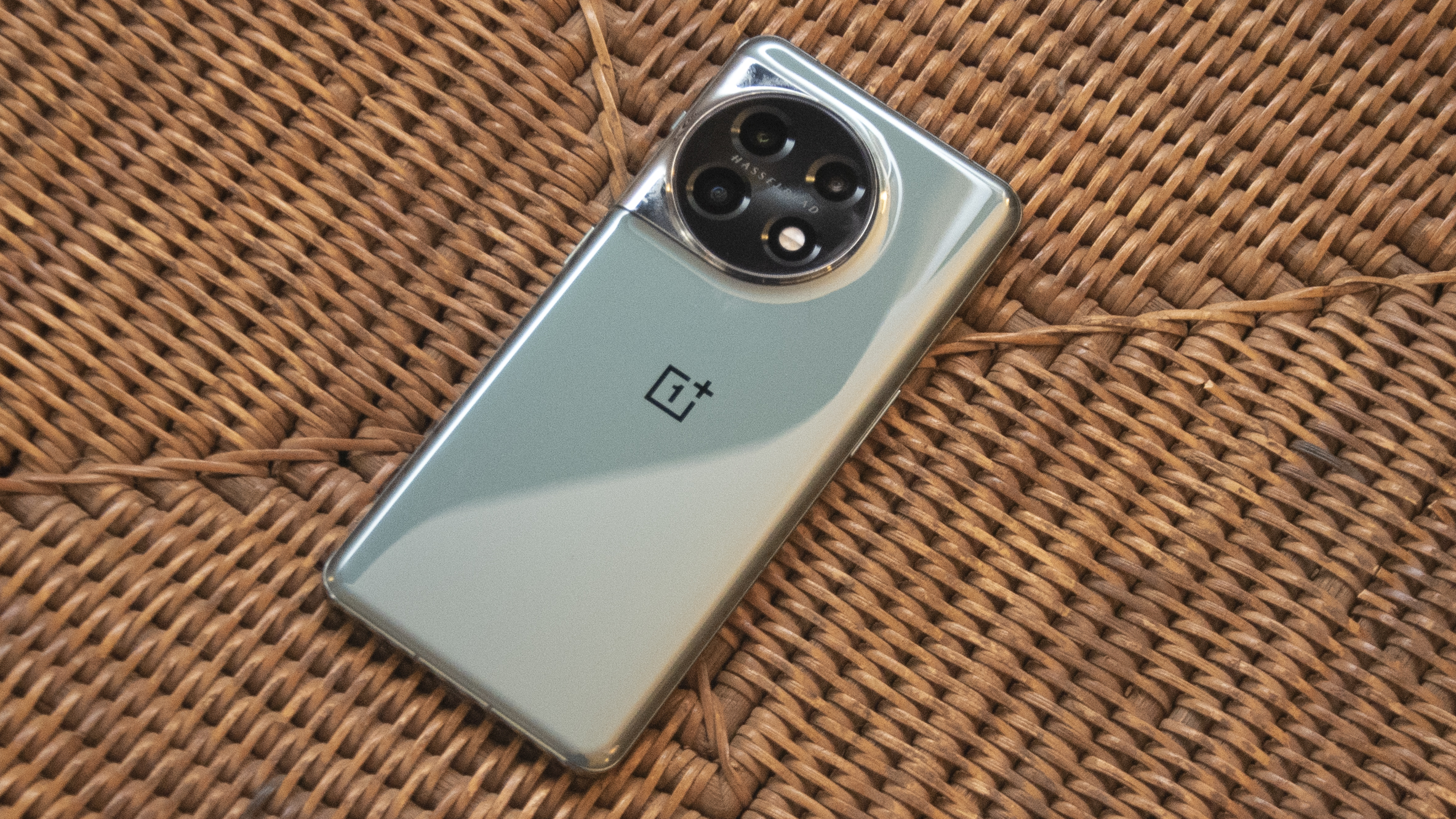
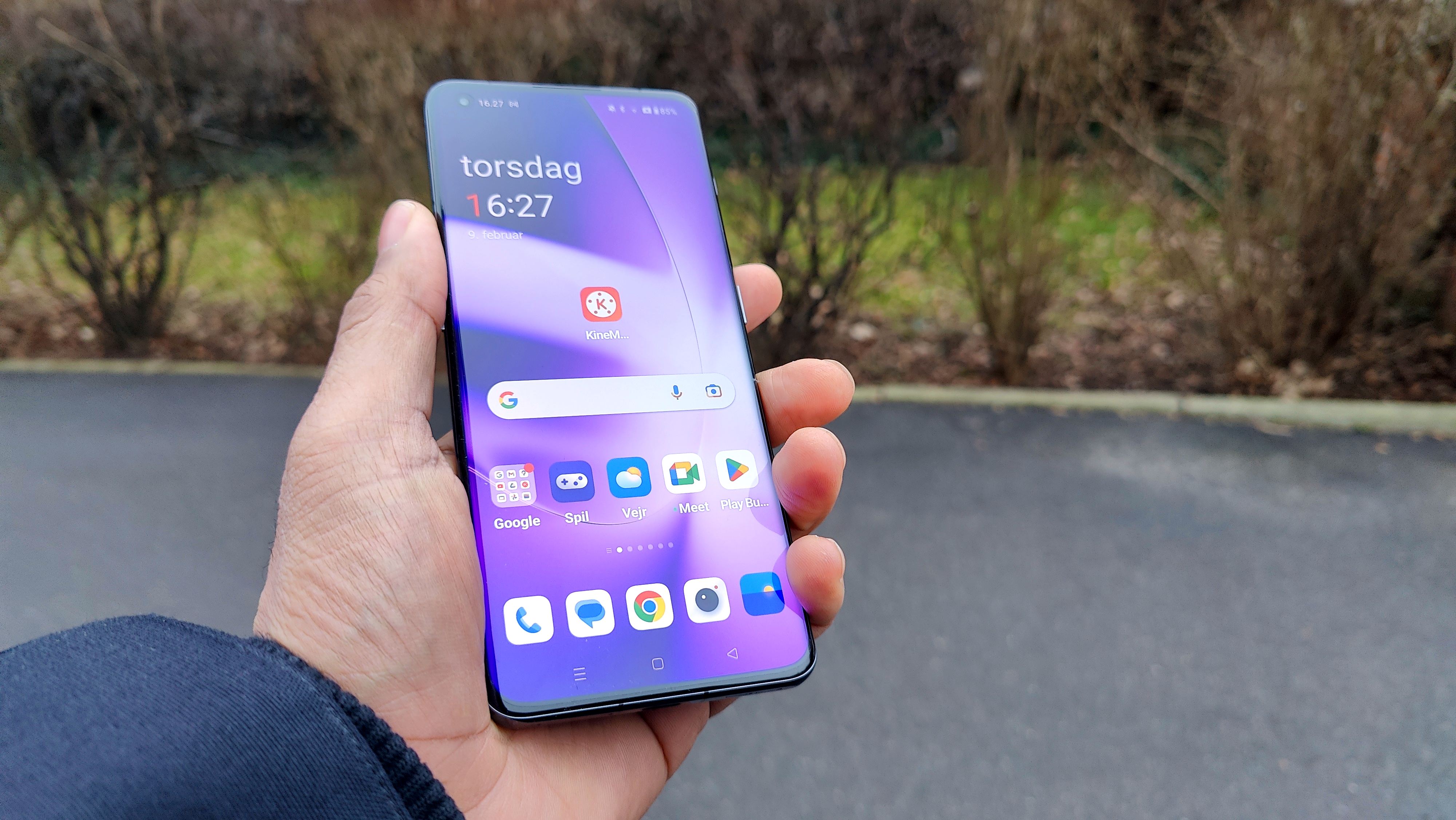

The OnePlus phone stands out, at least in the Eternal Green color the company sent my way. The black is more muted and subdued. The green isn't neon and bright, but it is glossy and meant to catch the light.
That glossy phone slipped from my fingers, and slid off my desk a few times in the first month I was using it. That leads me to my biggest concern with the OnePlus 11, and the main reason I recommend the Galaxy S23 first.
The OnePlus 11 is not as durable as the Samsung phone. OnePlus only sealed the phone for IP64-level water protection. That means it can handle a spray of water, like a hard rain. It can't get fully wet or submerged.
Every other major flagship phone, from the less expensive Google Pixel 7, through the iPhone 14, and every Galaxy S23 family phone is water resistant IP68, meaning those phones can take a bath. Even Samsung's mid-range Galaxy A53 is IP67, and can be dunked in a sink.

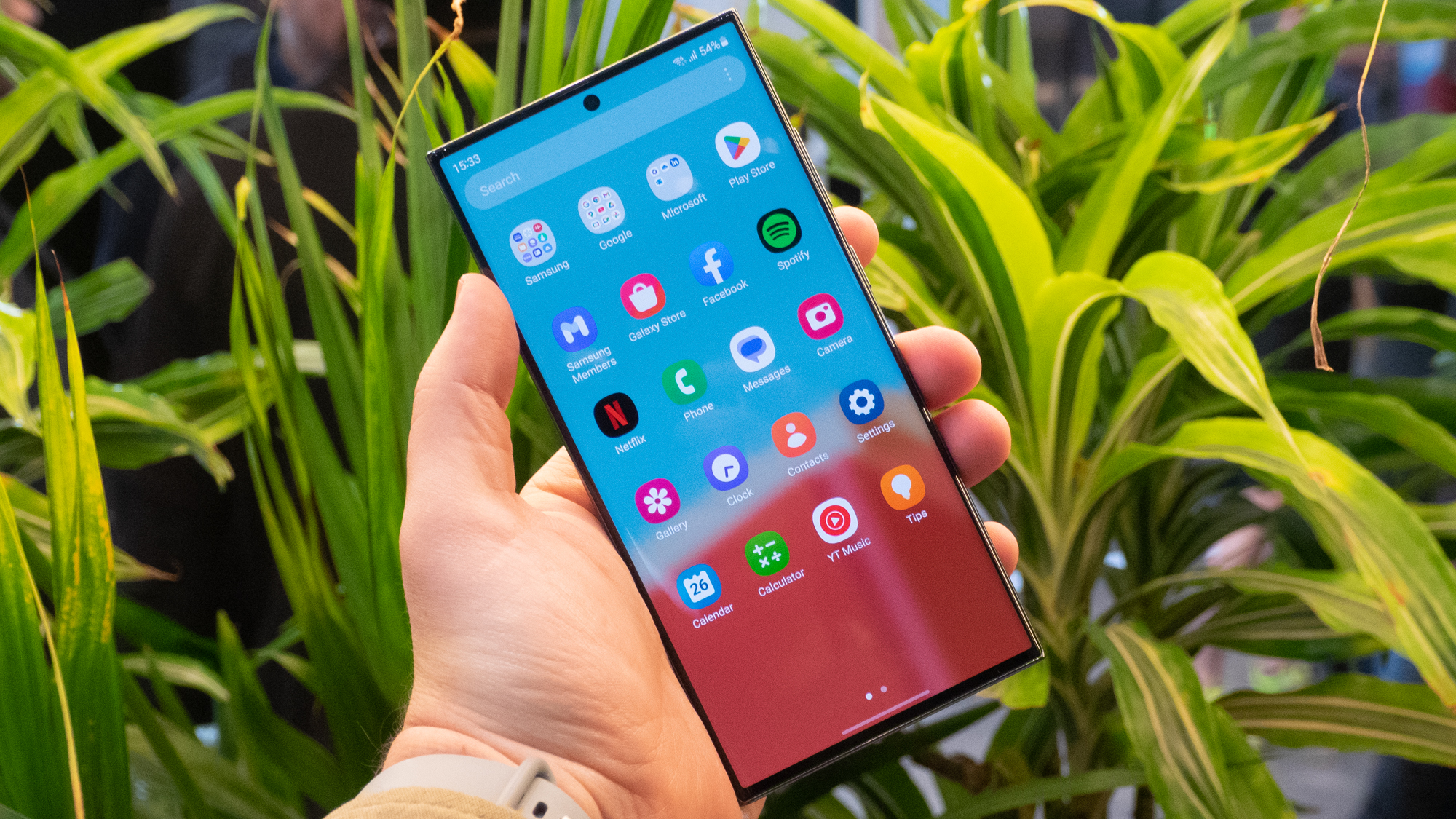
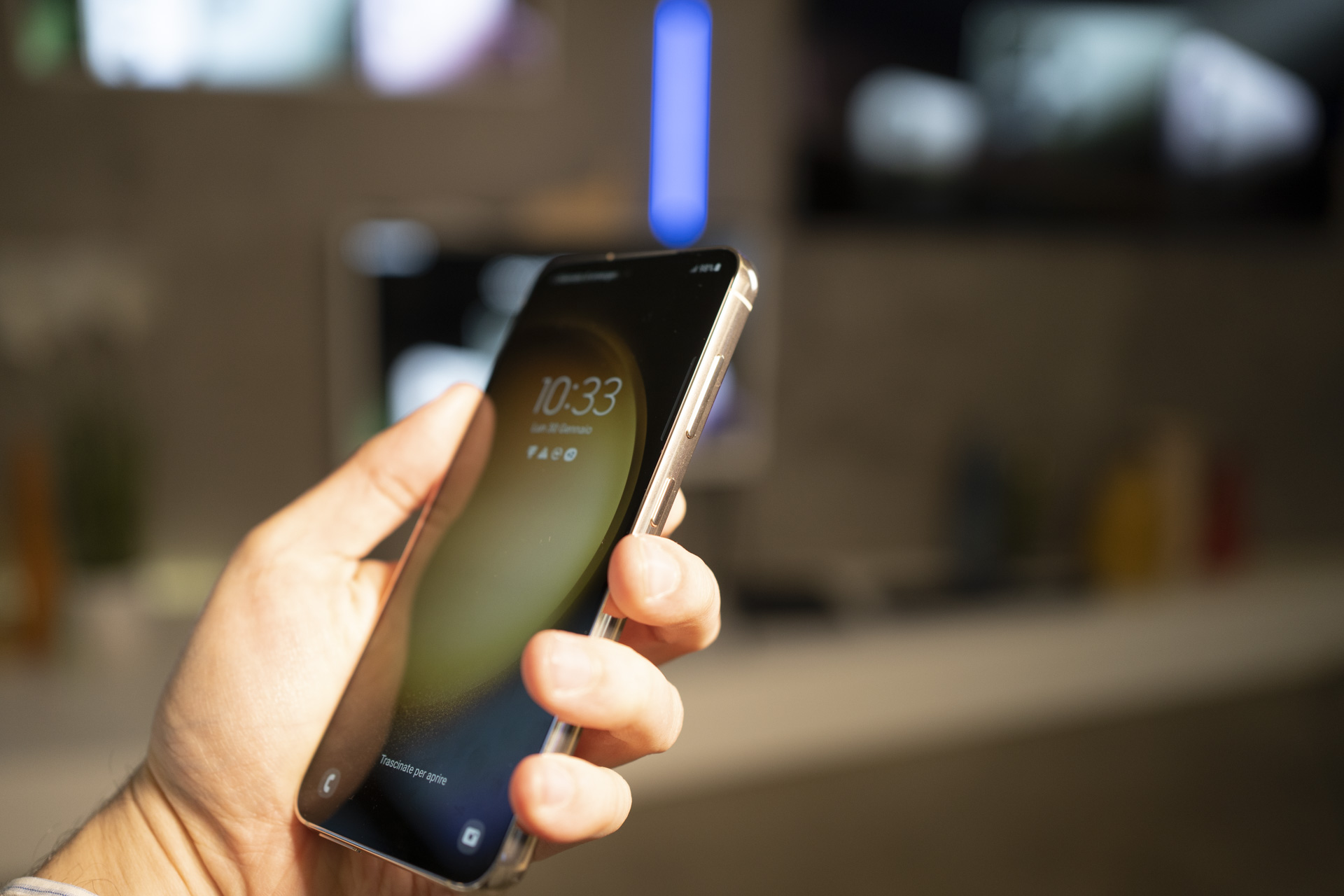
Water resistance isn't just a feature, it's a design element that keeps your phone alive longer. If you want to be sure your phone will last two to three years, removing the risk of water damage is a basic requirement. It is very hard to recommend a phone at this price, even though it's a bargain, without IP68 water resistance.
Okay, I'll move on if you promise to be careful with your phone, should you buy the OnePlus 11. Don't get it wet. Seriously.
Otherwise, the design advantages are slight, except that the Galaxy S23 Ultra manages to hide a freaking pen inside the phone. OnePlus can't even make the phone water resistant, and Samsung includes a pen, with its own silo, and both the phone and the pen can survive a dip in the pool.
Samsung Galaxy S23 Ultra vs OnePlus 11: display
Samsung Display is an amazing screen-maker, but somehow the OnePlus 11 display manages to hold its own against the Galaxy S23 Ultra, and in some ways it works even better.
Both screens are around the same size, with a 6.7-inch display on the OnePlus 11 and a 6.8-inch display on the Galaxy S23 Ultra. Both phones use a punch-hole camera. The selfie camera on the Ultra is front and center, while OnePlus tucks the camera into the top-left corner, which is kind of a cool look and out of the way.
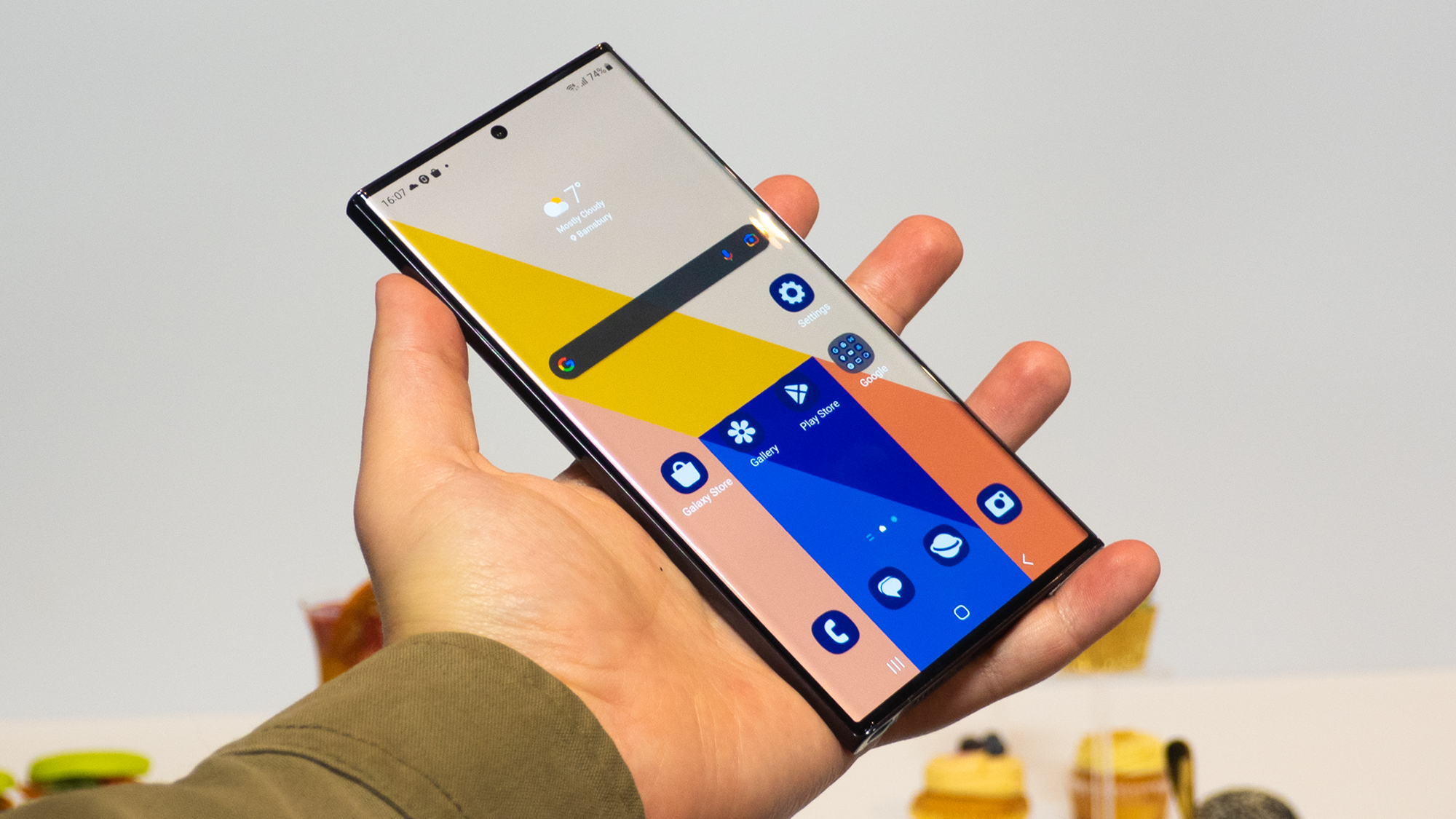
The Galaxy S23 Ultra can get undeniably brighter, up to 1750 nits peak brightness, compared to 1300 nits on the OnePlus. Both phones are fast, with refresh rates up to 120Hz, and both use OLED technology for infinite contrast and superb colors.
The OnePlus 11 display is technically more sharp. With 525 pixels per inch (ppi), compared to 500 ppi on the Samsung display, the OnePlus is actually among the sharpest smartphone screens I've ever used, and it really looks fantastic playing games with tons of tiny details.
If you're not a fan of curved displays, you'll have to look elsewhere, as both OnePlus and Samsung curve the sides of the screen. I'm not a big fan of curving anymore, as I find it gets in the way and causes accidental touches on some games. The curve is slightly different, but still noticeable on both.

Both the OnePlus 11 and the Galaxy S23 Ultra can show content in HDR10+, and the Ultra can even record video content with the extra HDR data included. Only the OnePlus can also show Dolby Vision, a competing HDR data format.
Dolby Vision is used by every major streaming platform, while only a few, including Amazon Prime and Paramount Plus, use HDR10+. This isn't a huge advantage, but it's a strange omission by Samsung to forgo the Dolby licensing.
Samsung Galaxy S23 Ultra vs OnePlus 11: camera
It's hard to compare the cameras on the Galaxy S23 Ultra to the OnePlus 11. It's not that OnePlus has brought a knife to a gun fight. It's that OnePlus has brought a paintbrush and canvas to a battlefield.
The Galaxy S23 Ultra isn't a camera, it's an army of cameras. It's a huge main camera with a 200MP sensor. It's a 10X telephoto camera with a periscopic lens. It's a digital telescope with Space Zoom technology. Even the shorter zoom camera is 3X zoom, farther than the OnePlus 11 can see at all.
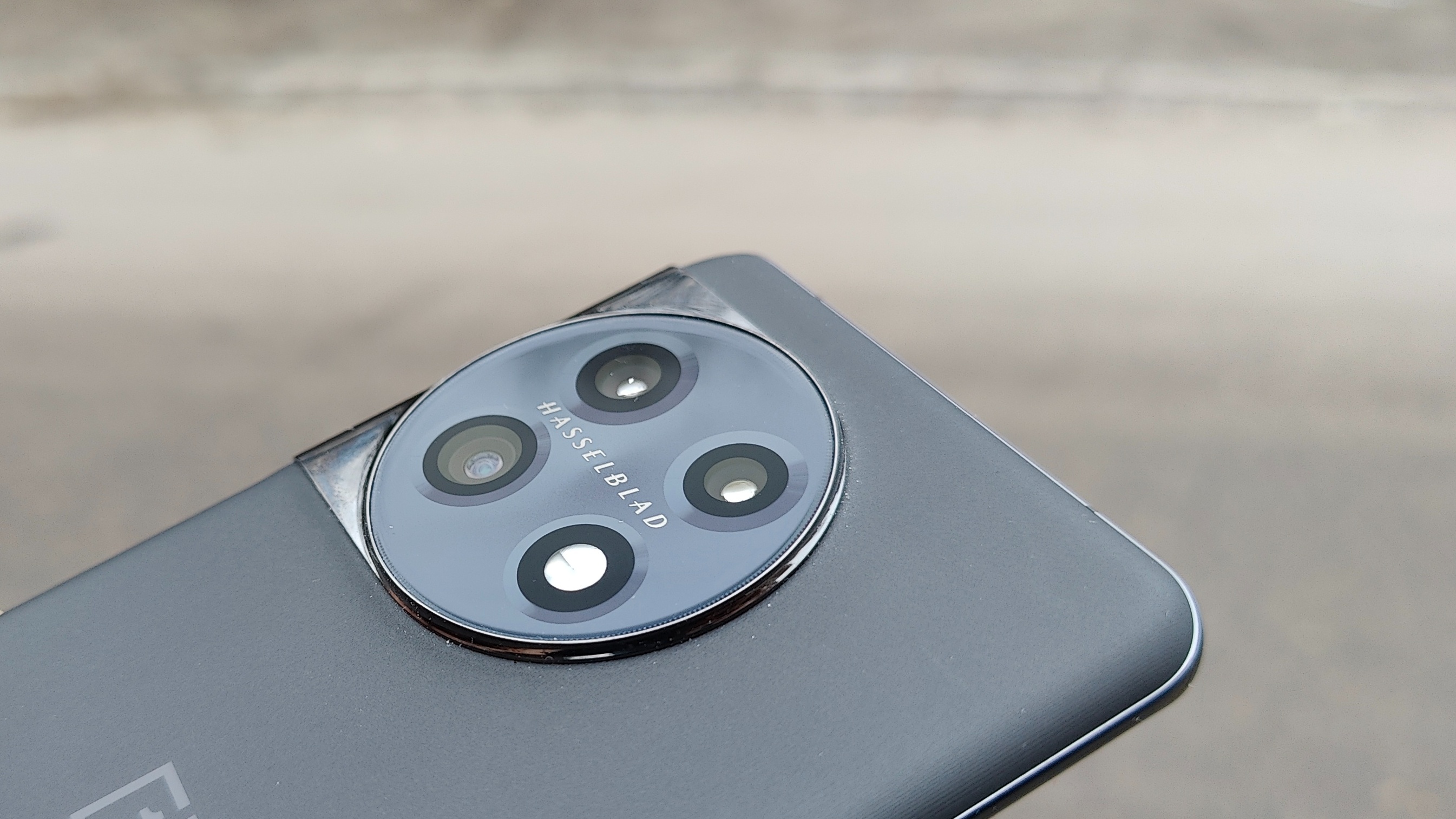
The OnePlus, on the other hand, doesn't even have a zoom. It's 2X lens is used for portrait photography, not close-ups. Its distance photos look like abstract paintings; they lack any real detail.
Why would you bother with the OnePlus, then? Well, the photos it takes are kind of cool. The really good OnePlus photos are easier to produce than really good photos from most other cameras, if you stick to the portraiture at which the Hasselblad-tuned image processor excels.
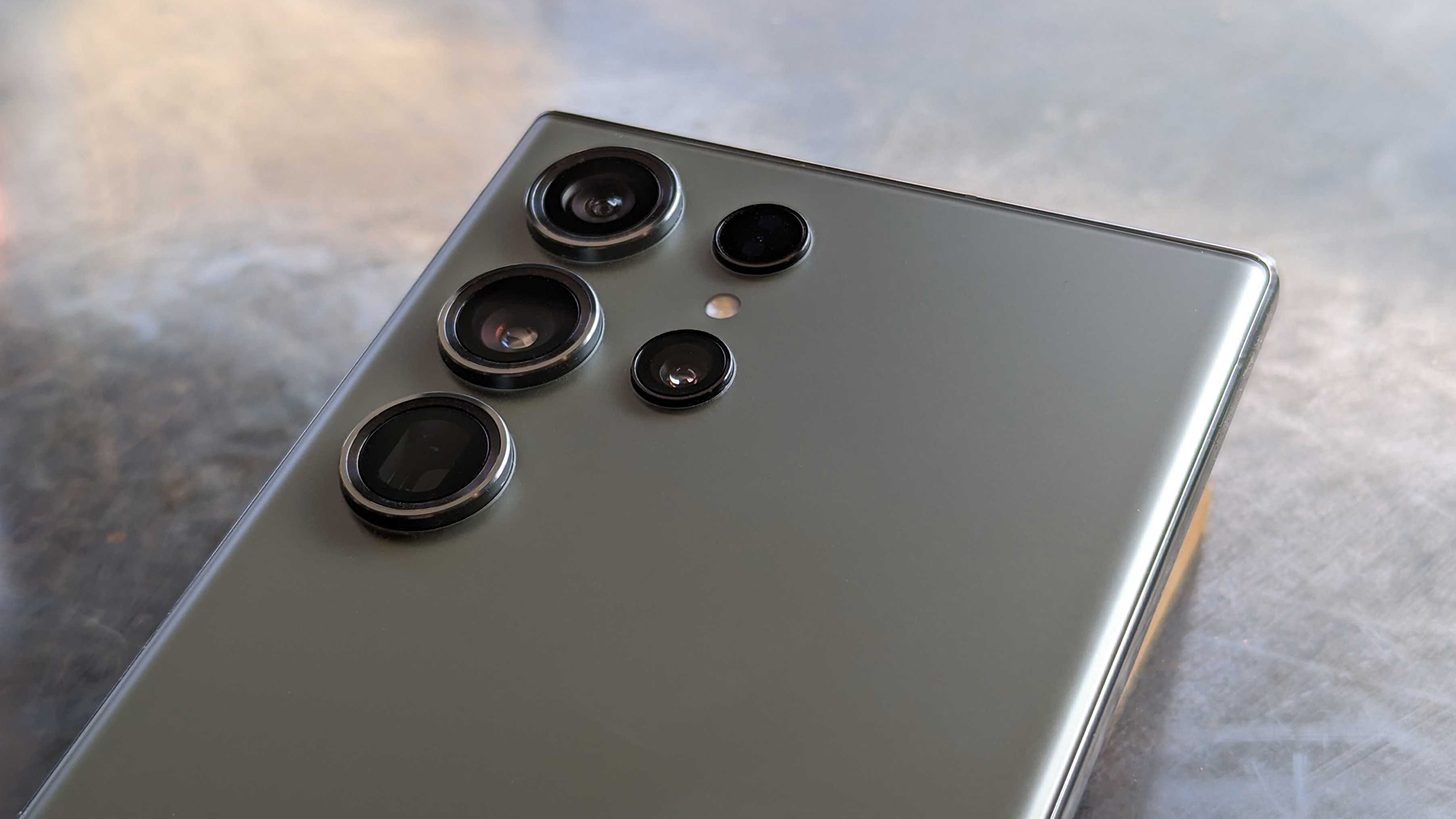
With the Galaxy S23 Ultra, you can take photos of your dog that will capture the fine detail in every bristle of fur. With the OnePlus 11, you might capture the feeling of that Sunday morning, lounging on the couch. I'd rather have the feeling than the detail, usually.
That said, the OnePlus 11 is far too limited to recommend to everyone, or even most people. If you're a photographer who prefers a prime lens with a wide aperture, this phone is for you. If you have no idea what that sentence means, go with the Galaxy S23 Ultra.
Samsung Galaxy S23 Ultra vs OnePlus 11: performance
Here's where things get a bit nasty. The Samsung Galaxy S23 Ultra is faster than the OnePlus 11, even though both phones use the Qualcomm Snapdragon 8 Gen 2 chipset, and the OnePlus we tested has more RAM.
How much faster? The Snapdragon has eight cores in its application processor. The fastest of those, the Cortex X-3 core, is five percent faster on the Samsung. Is that a lot? It depends on what you're doing, but no, not really.
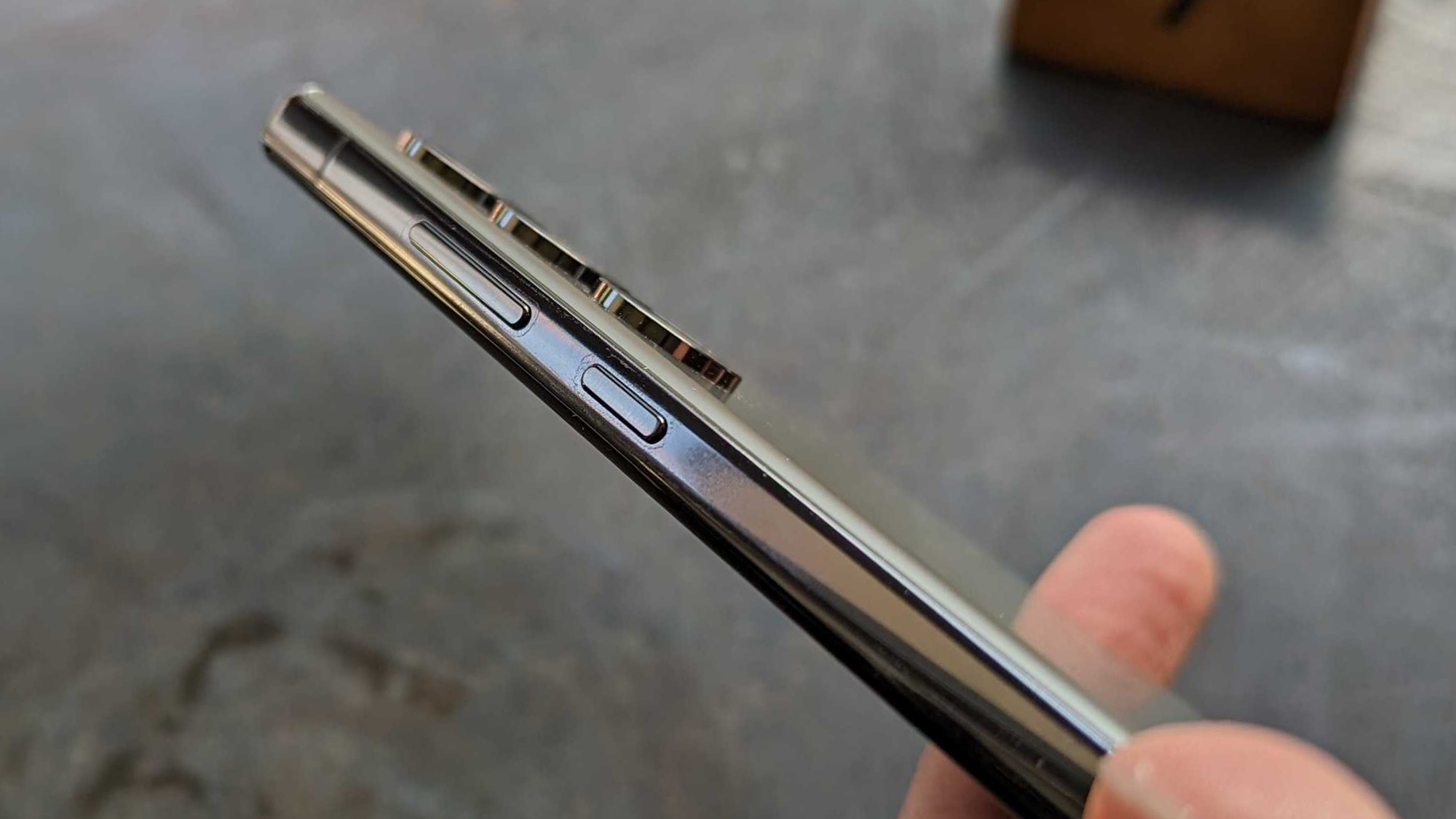
If you're running a benchmark app, it seems like a lot. On the popular Geekbench software, the Galaxy S23 Ultra has managed to crack a score of 1600 on single-core processing performance. That is undoubtedly thanks to the faster Cortex X-3 core.
Of course, we've clocked an iPhone 14 Pro at well over 1800 on the same test, which means even the fastest Android can't match an iPhone's performance.
On multi-core tests that tax the entire CPU, the OnePlus 11 and the Galaxy S23 Ultra scored within 100 points of each other, both just over 4900. My iPhone 14 Pro scored just under 5500 points on multi-core tests.

What this means in practice is that we shouldn't believe benchmarks, and the tiny difference between the Samsung chipset and the OnePlus won't matter to anyone, even the most hardcore gamers.
I got 90 fps playing Call of Duty Mobile on the OnePlus 11 in multiplayer mode, and it looks every bit as good as it does on a Galaxy S23 Ultra.
In fact, playing games side-by-side, I found it was the iPhone that looked the worst of the three. Apple's more natural color palette does not enhance gameplay the way the vivid displays on the Android phones make my games pop.
Samsung Galaxy S23 Ultra vs OnePlus 11: battery
Both the Galaxy S23 Ultra and the OnePlus 11 use the same battery size, a 5,000 mAh cell, but that's not the whole story. Most importantly, the Galaxy phone lasted longer. It can last a bit longer than the OnePlus under normal use.
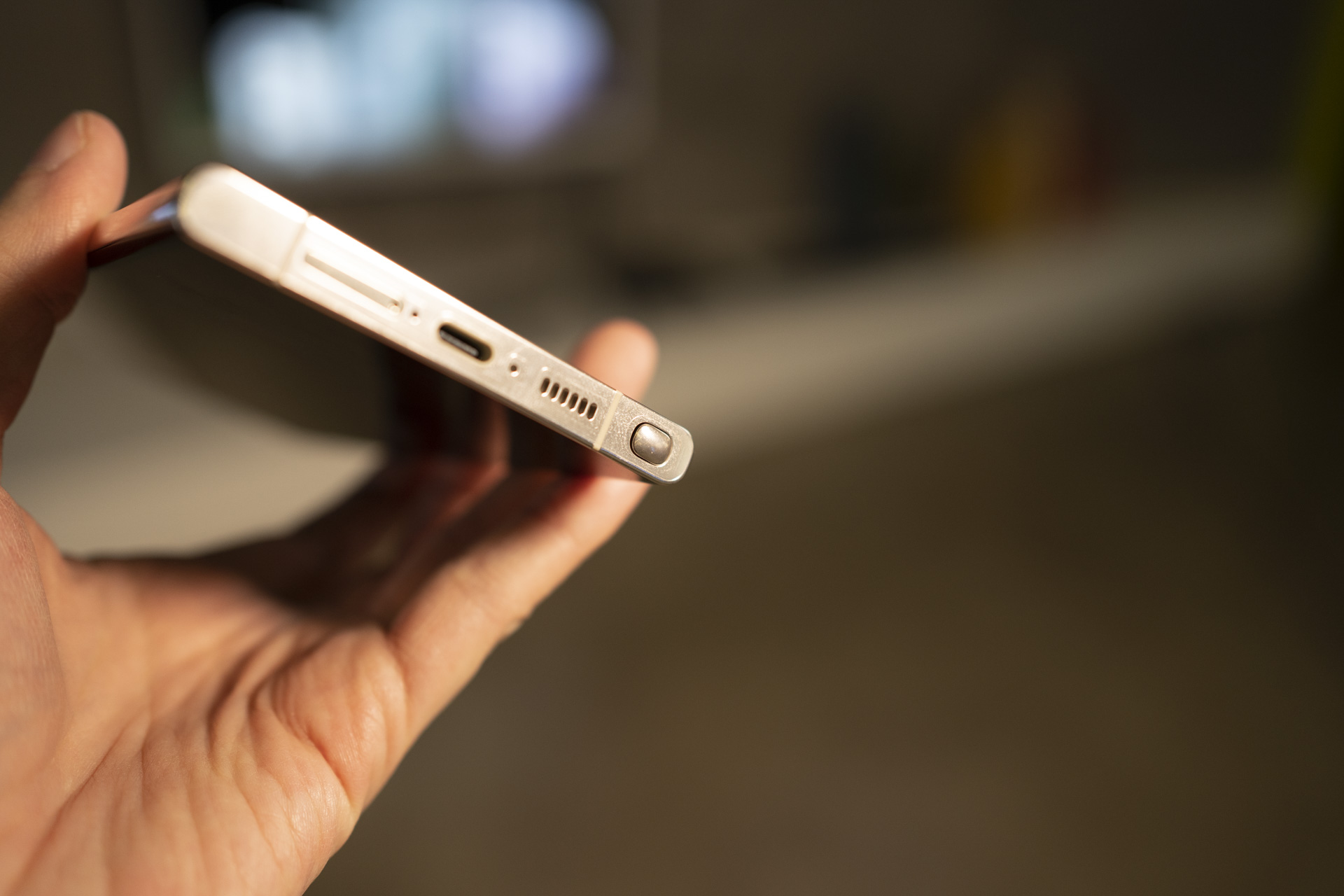
I could get the OnePlus to last through a day of use if I didn't tax the gaming or camera features too hard, but I usually charged it mid-day just to be safe. The good news is that a mid-day charge only takes a few minutes. If I let the phone charge on my lunch break, it will reach 100% before I'm done eating, in about a half hour or so.
The Galaxy S23 Ultra doesn't charge as fast, but it's no slouch. It can get to 50% in less than 30 minutes. You can also leave the Ultra on a wireless charger to keep it topped up. You can even use the S23 Ultra to wireless charge another device, like your earbuds or a friend's drained iPhone.
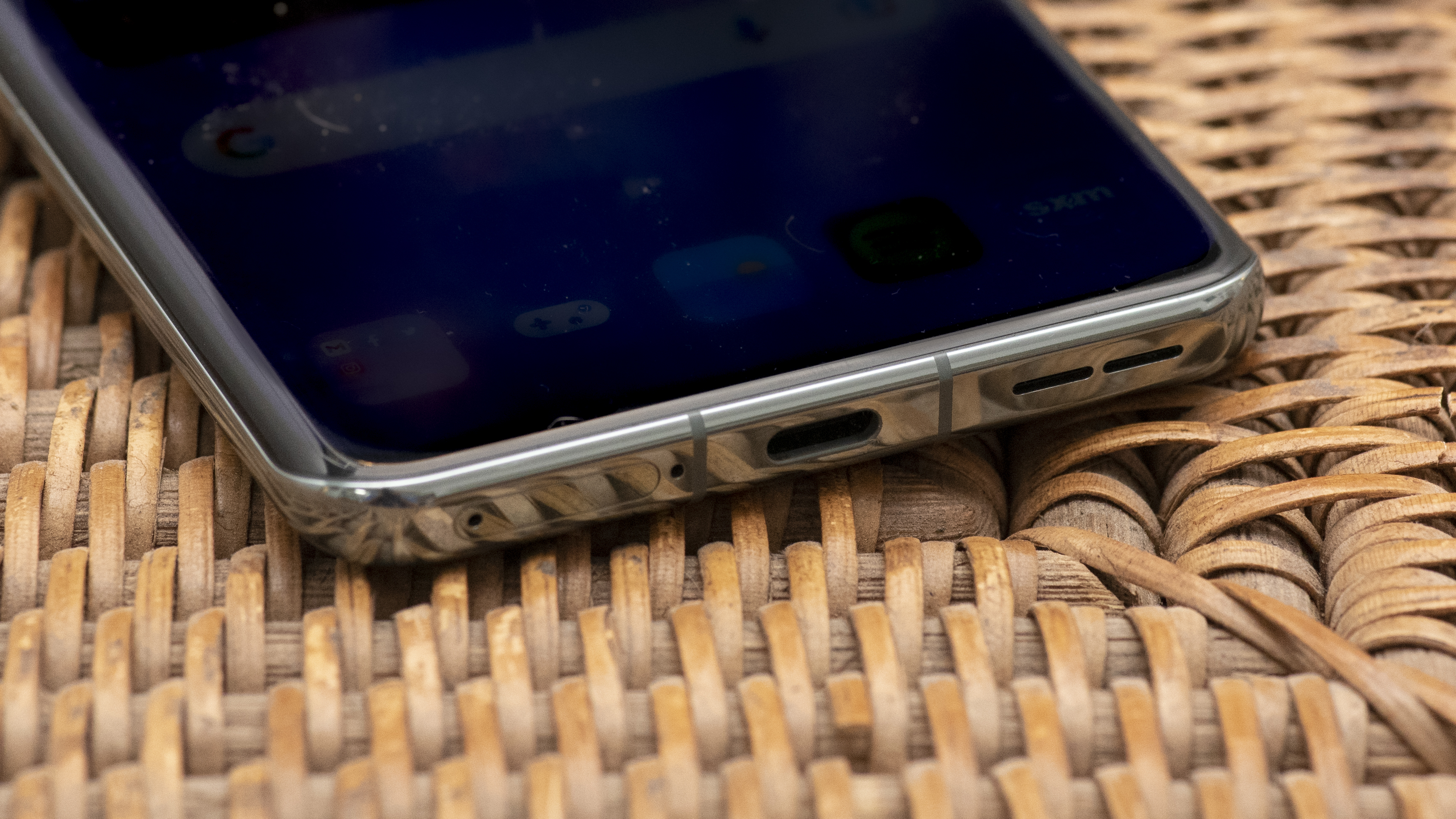
The OnePlus does not include wireless charging. The company thinks wireless charging is a good cost-cutting sacrifice, and with such a fast wired charge time, I'd have to agree.
One final note is that OnePlus includes a charger in the box, while Samsung does not. Strangely, the OnePlus charger this year takes a step backward with USB-A on the plug side, and a USB-A to USB-C cord included. You need that special plug to get the fastest charging.
Samsung Galaxy S23 Ultra vs OnePlus 11: features
Instead of expounding on the myriad feature differences between these phones, I'd suggest checking out the reviews. Samsung and OnePlus both build interface software on top of Google's Android 13, and both One UI and Oxygen OS, respectively, are chocked full of features.
Some of these you may find totally useful, like the DeX software that turns your Galaxy S23 Ultra into a full-fledged desktop computer. Some you may find useless, like the strange floating ball on the OnePlus that replaces the Back and Home buttons.
Or you might think DeX is useless and the OnePlus Assistive Ball is the greatest thing ever. That's what's cool about these phones, there is plenty to discover, and you can take or leave whatever you love or hate.
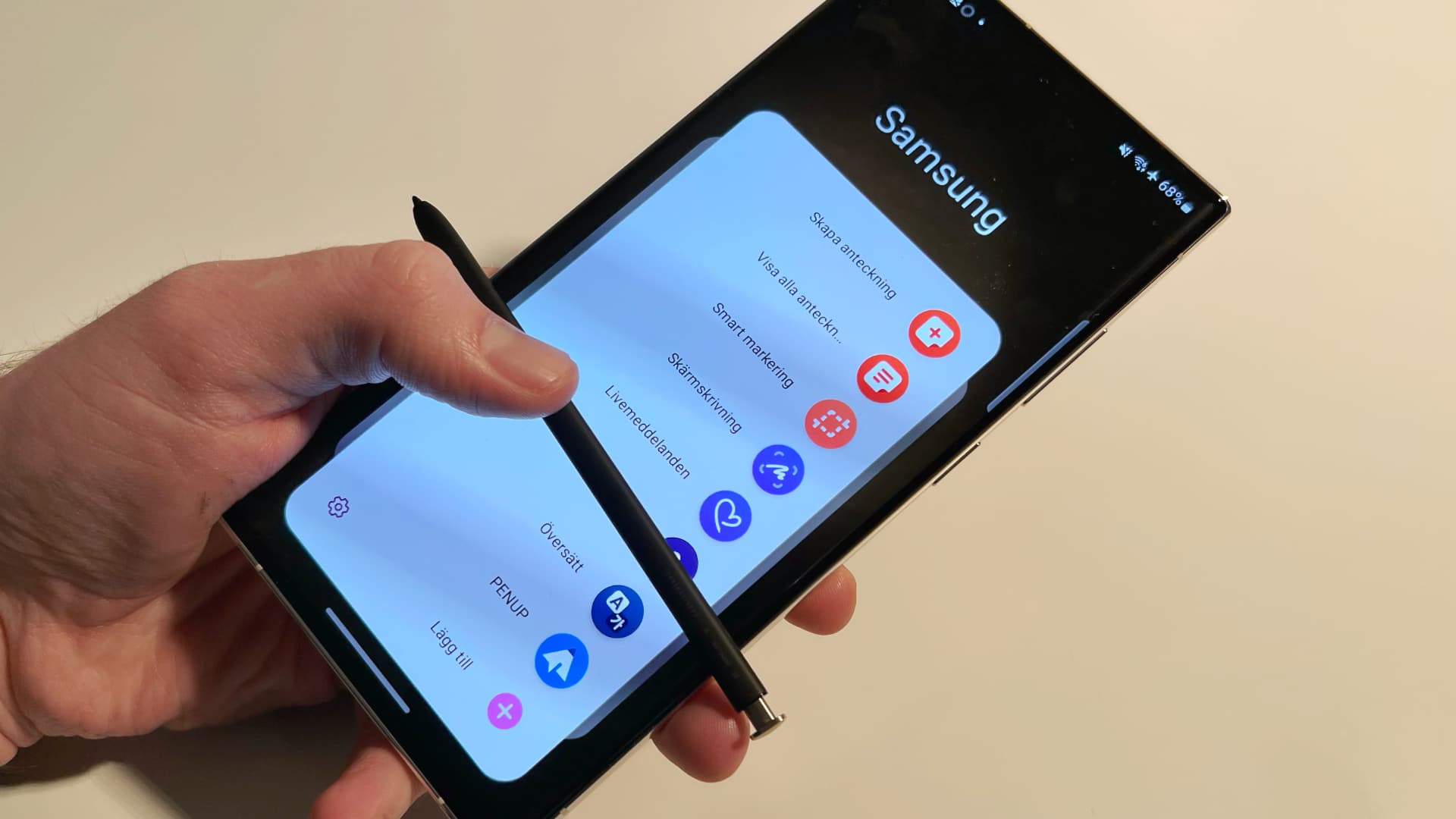
The biggest feature advantage of the Galaxy S23 Ultra is the S Pen stylus. The S Pen uses the same electromagnetic resonance (EMR) tech found on Wacom professional drawing tablets.
It isn't just a stylus. The S Pen also has Bluetooth features so it can act as a remote camera shutter button. That's amazing! It can hover for more advanced features, and Samsung has spent years adding interesting S Pen software concepts.
Of course, you'll probably forget that you even have the S Pen, if you weren't planning on using it. It isn't a feature most buyers ask for, but that doesn't mean it isn't fantastic.
There are some interesting wireless differences that may be significant. The OnePlus 11 is the first phone we've seen with Wi-Fi 7 on board. In fact, Wi-Fi 7 is so new, it's technically not a final standard, yet.
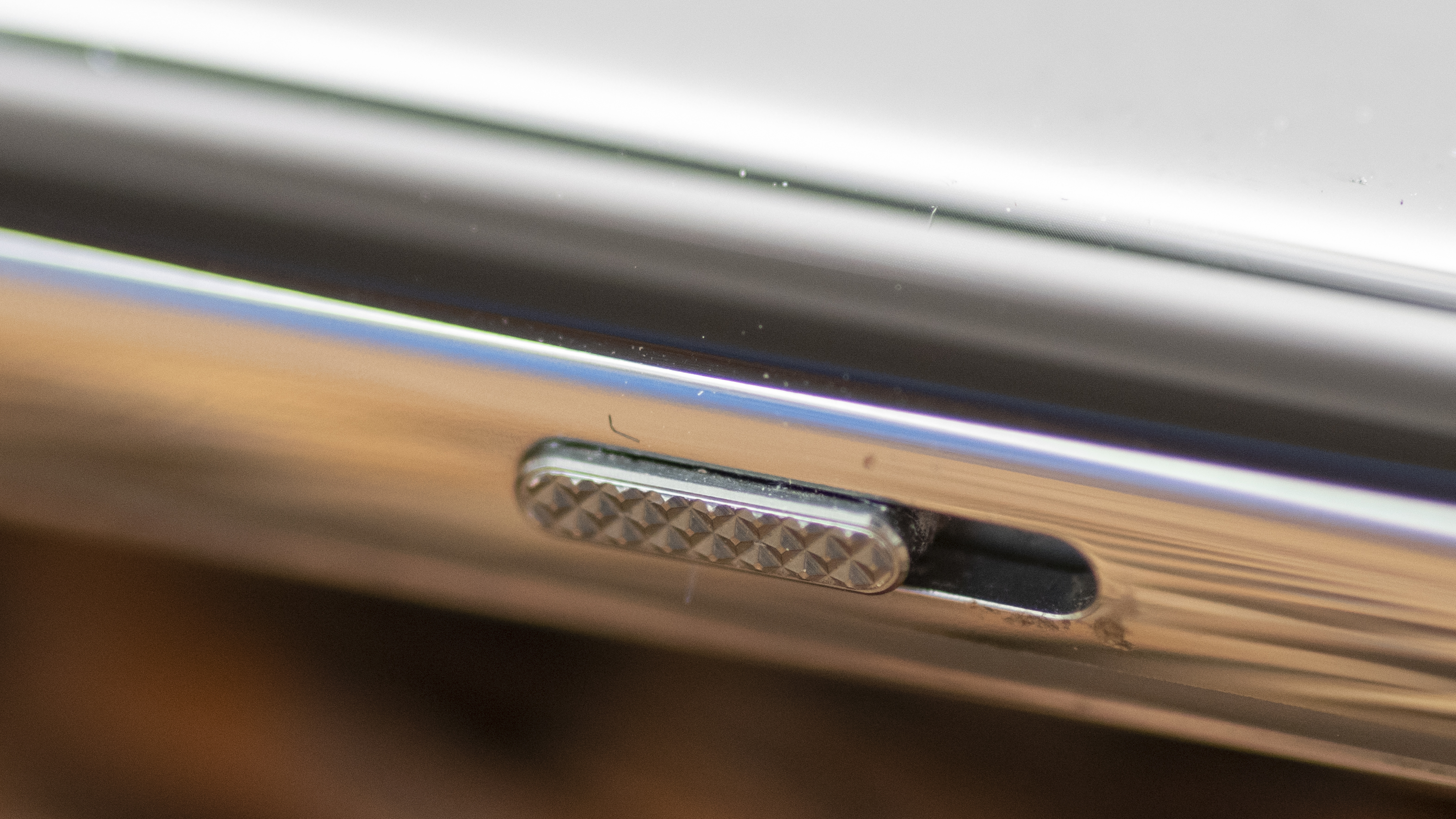
This isn't unusual, for companies to release Wi-Fi products based on an upcoming standard that is 99% complete. We expect Wi-Fi routers will hit the market early this year, even though Wi-Fi 7 probably won't be finalized until later.
The Galaxy S23 Ultra includes invaluable ultra-wideband (UWB) radio technology that the OnePlus 11 does not have. This is the tech that makes Apple AirTags and similar accessories so easy to find with your phone. Samsung sells similar locator tags, though we haven't tried them ourselves.
Which one should you buy?
the Galaxy S23 Ultra can do more than you thought a phone could do
The Galaxy S23 Ultra gives you a lot more, but the OnePlus 11 keeps up in the ways that count. Its screen looks great, in some ways even better than the Samsung. It has the same size battery with much faster charging.
There's a lot the OnePlus 11 simply cannot do. It cannot take great photos from far away, or photos up close that reveal tons of detail. It can do great selfies and wonderful portraits, but that's about all.
The Galaxy is loaded with features, some might even be worth the premium. Whether it's using UWB to find your luggage, or the S Pen to fill out a mortgage application, the Galaxy S23 Ultra can do more than you thought a phone could do.
Finally, it is unforgivable that OnePlus would release the OnePlus 11 without IP68 protection. The Ultra can handle submersion, even with its pen and holster.
If you want to save money, get the OnePlus 11 and you'll find a great phone, but be careful and heed my warnings. If you have the cash to spare, go for the Galaxy S23 Ultra instead.

Starting more than 20 years ago at eTown.com. Philip Berne has written for Engadget, The Verge, PC Mag, Digital Trends, Slashgear, TechRadar, AndroidCentral, and was Editor-in-Chief of the sadly-defunct infoSync. Phil holds an entirely useful M.A. in Cultural Theory from Carnegie Mellon University. He sang in numerous college a cappella groups.
Phil did a stint at Samsung Mobile, leading reviews for the PR team and writing crisis communications until he left in 2017. He worked at an Apple Store near Boston, MA, at the height of iPod popularity. Phil is certified in Google AI Essentials. His passion is the democratizing power of mobile technology. Before AI came along he was totally sure the next big thing would be something we wear on our faces.